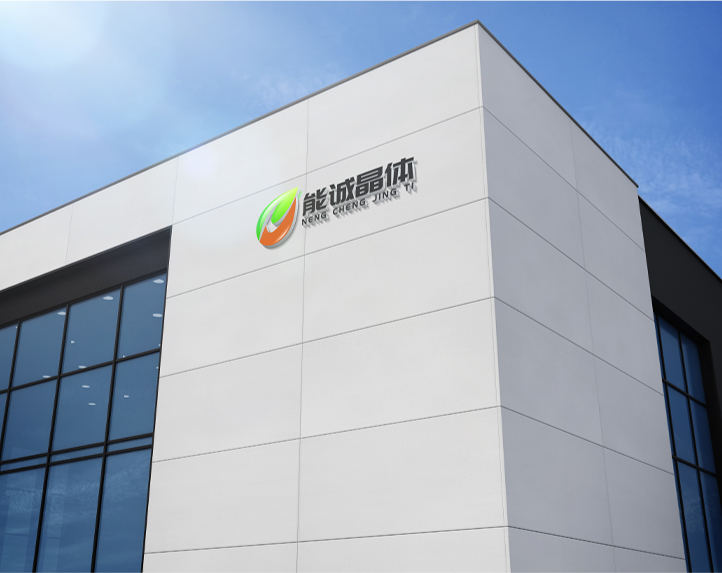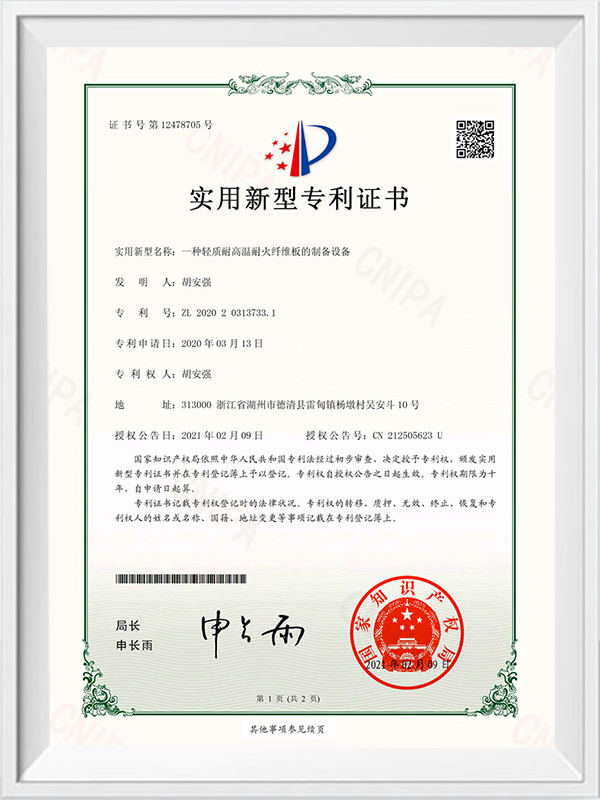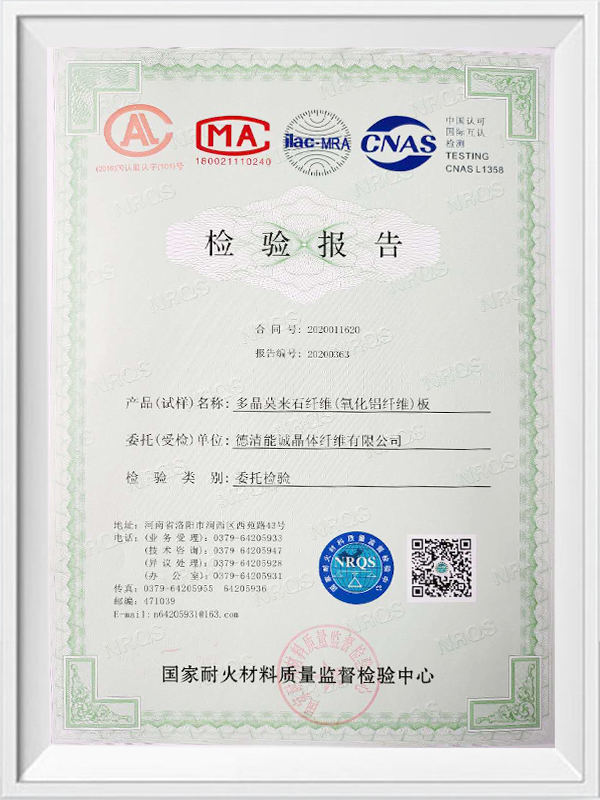
1200°C Tiltable Rotary Tube Furnace
This device is a tiltable, rotary tube furnace with a double-shell structure and an air-cooling system. The furnace chamber is constructed of high-purity alumina fiber to minimize energy loss. A high-temperature alumina coating improves reflectivity and heating efficiency, extending the instrument's lifespan. It also features overheating and burnout protection. The furnace body incorporates a rotating mechanism for tilting and rotating, with an adjustable angle of 0 to 40° (with a recommended maximum tilt angle of less than 30°). The speed is adjustable from 0 to 10 rpm, with optional forward and reverse rotation. This device is designed for sintering, melting, and analyzing metals, non-metals, and other compounds in controlled atmospheres and vacuum conditions in laboratories of universities, research institutes, and industrial and mining enterprises.
Product Parameters:
· Maximum Operating Temperature: 1200°C (<0.5h)
· Continuous Operating Temperature: ≤1100°C
· Recommended Heating Rate: ≤20°C/min
· Heating Element: Iron-chromium-aluminum alloy wire
· Thermocouple: Type K
· Temperature Control Accuracy: ±1°C
· Temperature Control Method: Includes a YD858 temperature controller
· PID control and auto-tuning; intelligent 30-50 programmable control
· Certifications and Core Components: ISO9001 and CE certification
· Core components include Chint or Schneider electrical components, UL-certified wire and cable, and Japanese conductive, Yuden, and Eurotherm instruments.
· Flow rate options include 1-100 SCCM, 1-200 SCCM, and 1-500 SCCM.
| Product Model | Maximum temperature | Heating zone length | Furnace tube size | Rated power | Rated voltage | Dimensions |
| GSL-1200-IIZ (R100) + two-way proton gas supply system | 1200℃(<0.5 h) | 440mm | The diameter of the pipe at both ends is Φ60* 420mm, the diameter of the middle pipe is Φ100* 340mm, and the total length is 1200mm. |
3 KW | 220V | 1300 mm*770 mm*1200 mm |
| GSL1200-IIIF (R100) + three-way float air supply system | ||||||


-
Overview: scope and practical intent This article explains the practical factors that determine the energy efficiency of Industrial heating elements operating continuously. It focuses on measurable variables (watt density, sheath material, thermal coupling), control and system integration, common sources of energy loss, and maintenance or design choices that improve long-run efficiency for furnaces, ovens, dryers, immersion heaters and inline process heaters. Element type, geometry and surface l...





 English
English Español
Español عربى
عربى



